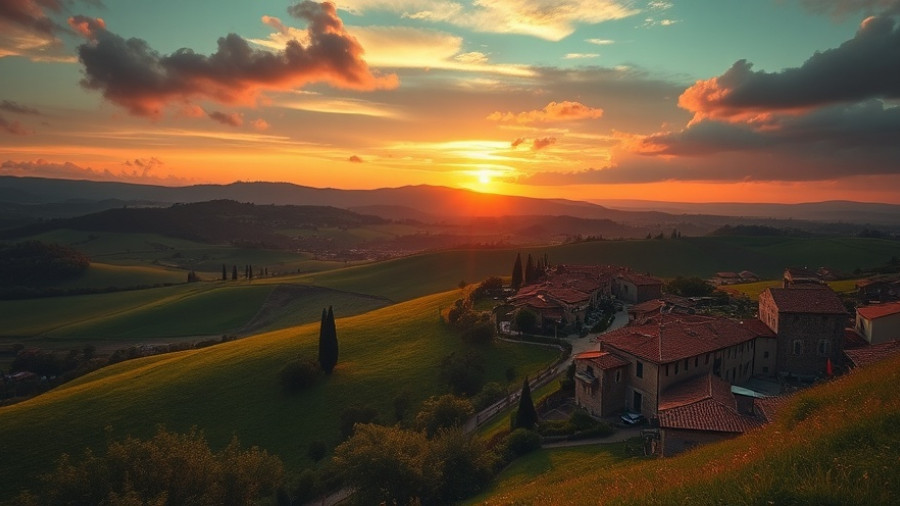
Embracing the Freedom of Minimalist Travel
The one-bag challenge is more than just a travel trend; it’s an opportunity to explore the liberating feeling of packing light. Imagine disembarking from a plane with just a single bag slung over your shoulder, with no delays at baggage claim and no cumbersome suitcases hindering your movements. In a world where convenience can often contribute to environmental degradation, this minimalist approach not only simplifies travel but also reduces our carbon footprint significantly. With less luggage, we can minimize the energy spent on transport, ultimately supporting more sustainable travel practices.
Stylish Solutions: Creating a Versatile Packing List
When embarking on the one-bag challenge, it’s essential to view your suitcase as precious real estate. Each item must hold value and serve multiple purposes. Start with clothing in neutral colors like black, navy, and beige, making them easy to mix and match. Fabrics such as organic cotton and recycled materials are not only lightweight and versatile but also sustainable choices that align with green living principles.
Layers enhance versatility, so instead of bulky coats, opt for a light sweater paired with a windbreaker that can adapt to changing weather conditions without taking up too much space. When it comes to shoes, limit your selection to two pairs: comfortable walking shoes for daytime excursions and a smarter pair for evenings out. By making strategic choices in your packing list, you're not only reducing weight but also embracing a stylish, eco-friendly wardrobe.
Multi-Use Gear: The Key to Streamlined Packing
Versatility should be your guiding principle when choosing gear for your travels. Think beyond traditional items—a scarf can act as a blanket, while a sarong can serve as a beach cover-up or even a picnic cloth. Even your electronics should serve multiple functions; your smartphone can handle navigation, photography, and even notes, reducing the need for extra gadgets.
Consider whether each item serves more than one purpose; if not, it might be wise to leave it behind. This not only lightens your load but also minimizes the e-waste that contributes to the global waste crisis.
Switching to Compact Toiletries
Toiletries can take up precious space in your bag, but they don’t have to. Instead of carrying travel-sized liquids, switch to solid toiletries like shampoo bars and toothpaste tablets. They take up minimal room, don’t leak, and eliminate the need for excessive plastic waste. In many accommodations, basic soaps and shampoos are provided, so consider leaving bulkier products behind.
How to Handle Laundry While Traveling Light
One of the most powerful secrets to successfully embracing the one-bag lifestyle is understanding that you don’t need clothing for every day of your journey. Instead, pack for a week, regardless of whether your trip lasts longer. Many hotels and hostels offer laundry services, and lightweight, quick-dry clothing can be washed in a sink if needed.
Instead of weighing down your luggage with excess clothing, pack a small bag of biodegradable laundry strips that are lighter than an additional set of clothes yet perfectly capable of keeping you fresh on your travels.
Smart Packing Strategies: Tools of the Trade
The way you pack is just as crucial as what you pack. Consider using packing cubes for organization. They keep your items neatly separated, making it easy to find what you need without unpacking everything. Simple strategies like rolling your clothes can save space while reducing wrinkles.
Moreover, research shows that travelers who pack smart tend to experience less stress and more enjoyment during their journeys. This means being prepared with practical solutions can enhance not only your packing process but your overall travel experience.
Environmental Impact: Why Packing Light Matters
The significance of the one-bag challenge goes beyond convenience; it directly addresses climate change issues. By packing minimally, you contribute to a reduction in emissions associated with transporting and handling excess luggage. As the global community becomes increasingly concerned with the environment, embracing sustainable tourism and eco-friendly travel practices becomes imperative.
Minimizing our travel impact can define a new era in tourism—one that values eco-conscious decisions and responsible travel habits. The movement towards sustainability isn’t just a trend, but a necessary shift for the wellbeing of our planet and future generations.
Your Journey Towards Minimalism Begins Now
The one-bag challenge serves as a gateway to reassessing your habits and embracing a lifestyle that prioritizes sustainability. Start small by planning your next trip with a focus on packing light, versatile items and reducing the waste you produce. As you travel with less, you may find newfound freedom and a deeper appreciation for the places you visit and the experiences you create.
 Add Row
Add Row  Add
Add 




Write A Comment